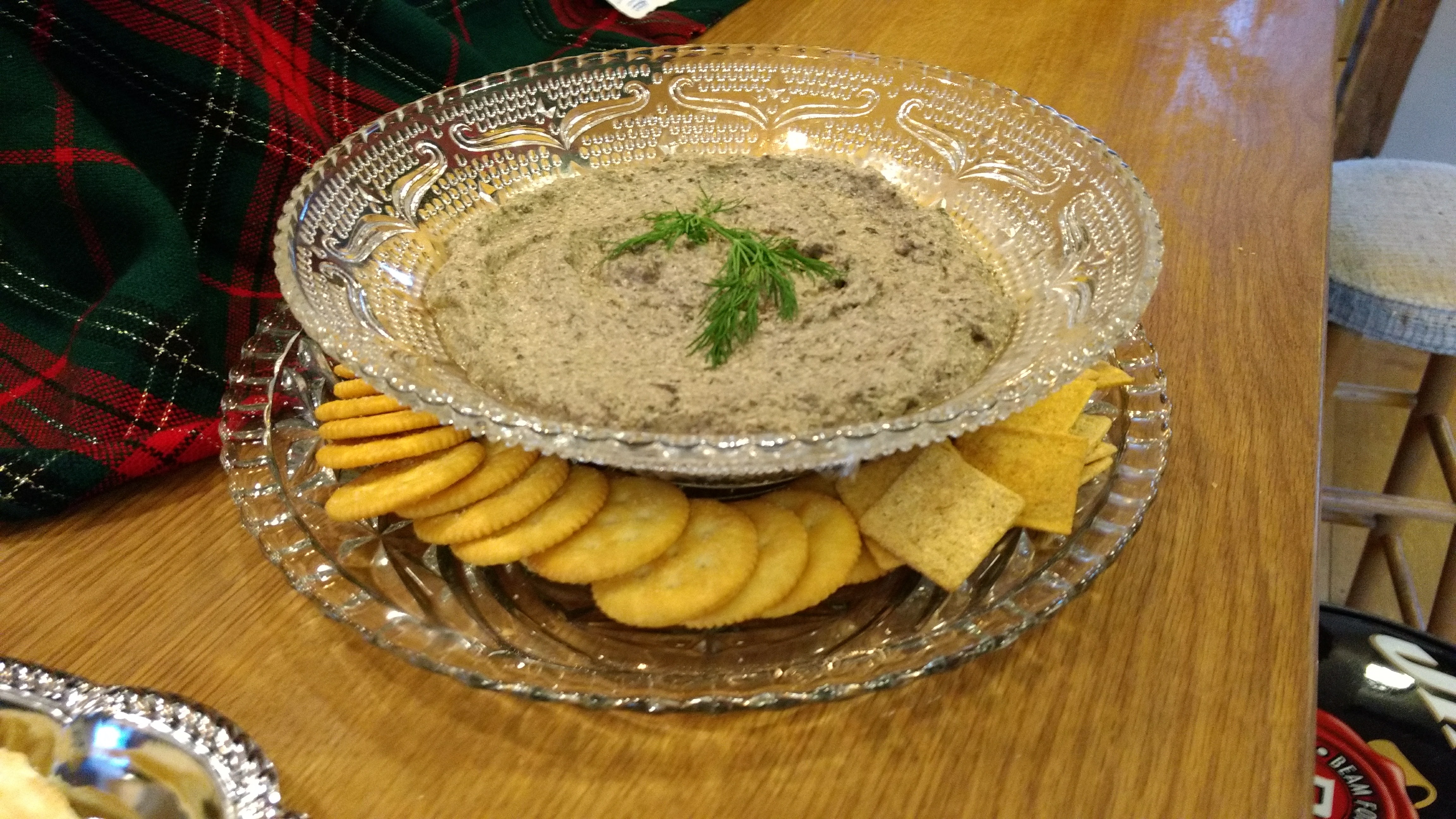 A delicious cold dish the contrasts hearty mushroom flavors with creamy cheese. Use a mix of fresh supermarket mushrooms and dried wild mushrooms to get great depth of flavor.
A delicious cold dish the contrasts hearty mushroom flavors with creamy cheese. Use a mix of fresh supermarket mushrooms and dried wild mushrooms to get great depth of flavor.
I get excellent dried mushrooms in the Polish markets on Millbury Street in Worcester, near Kelly Square. The expensive King Bolete is a particularly nice addition, if you can get it.

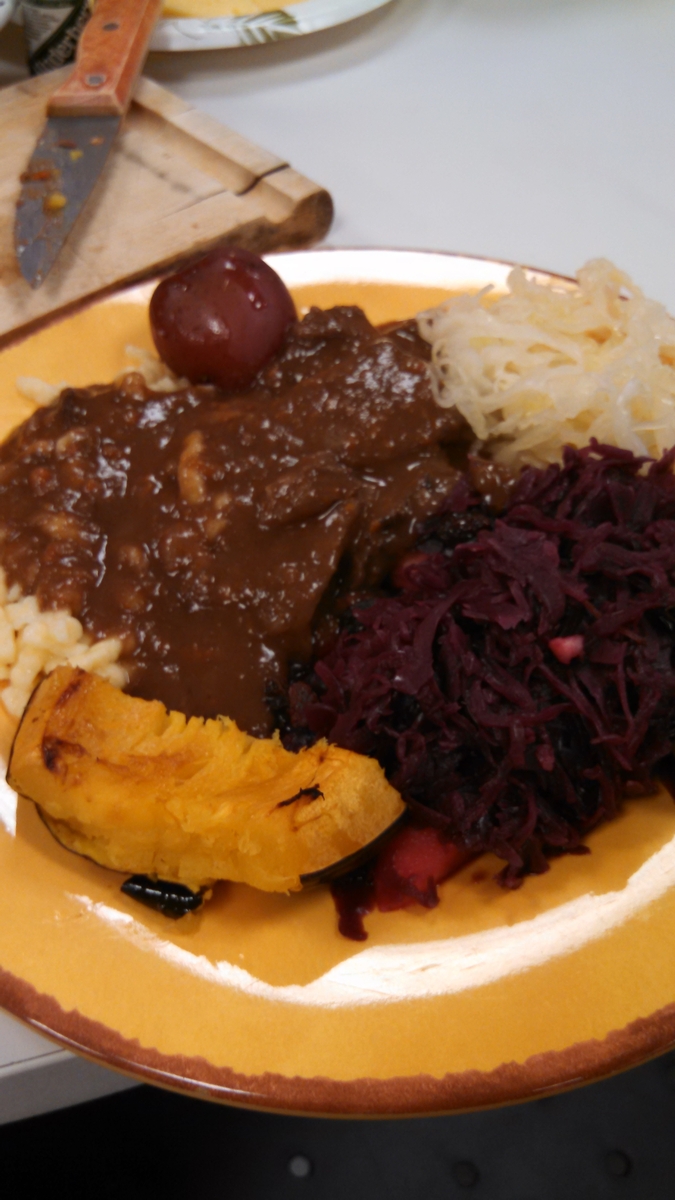
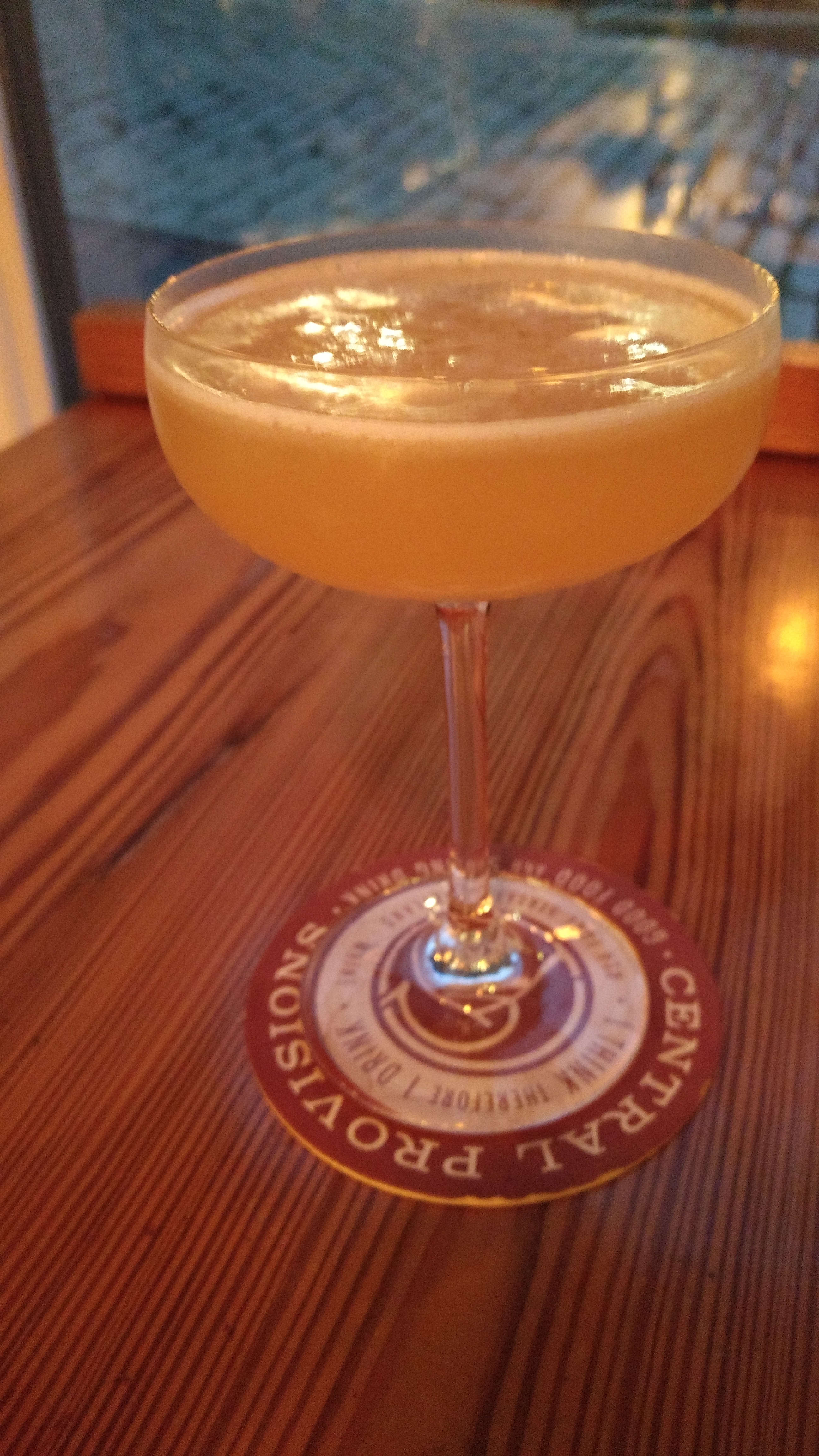



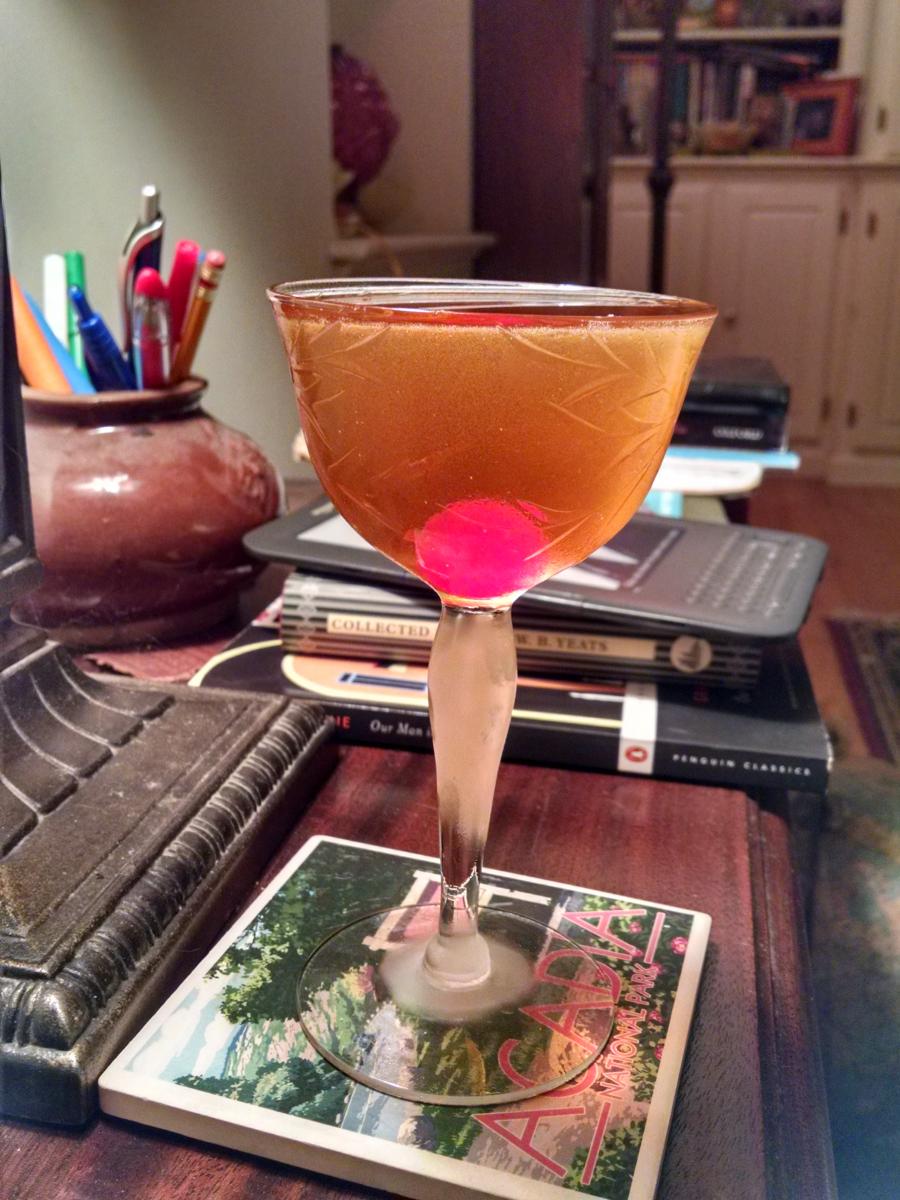
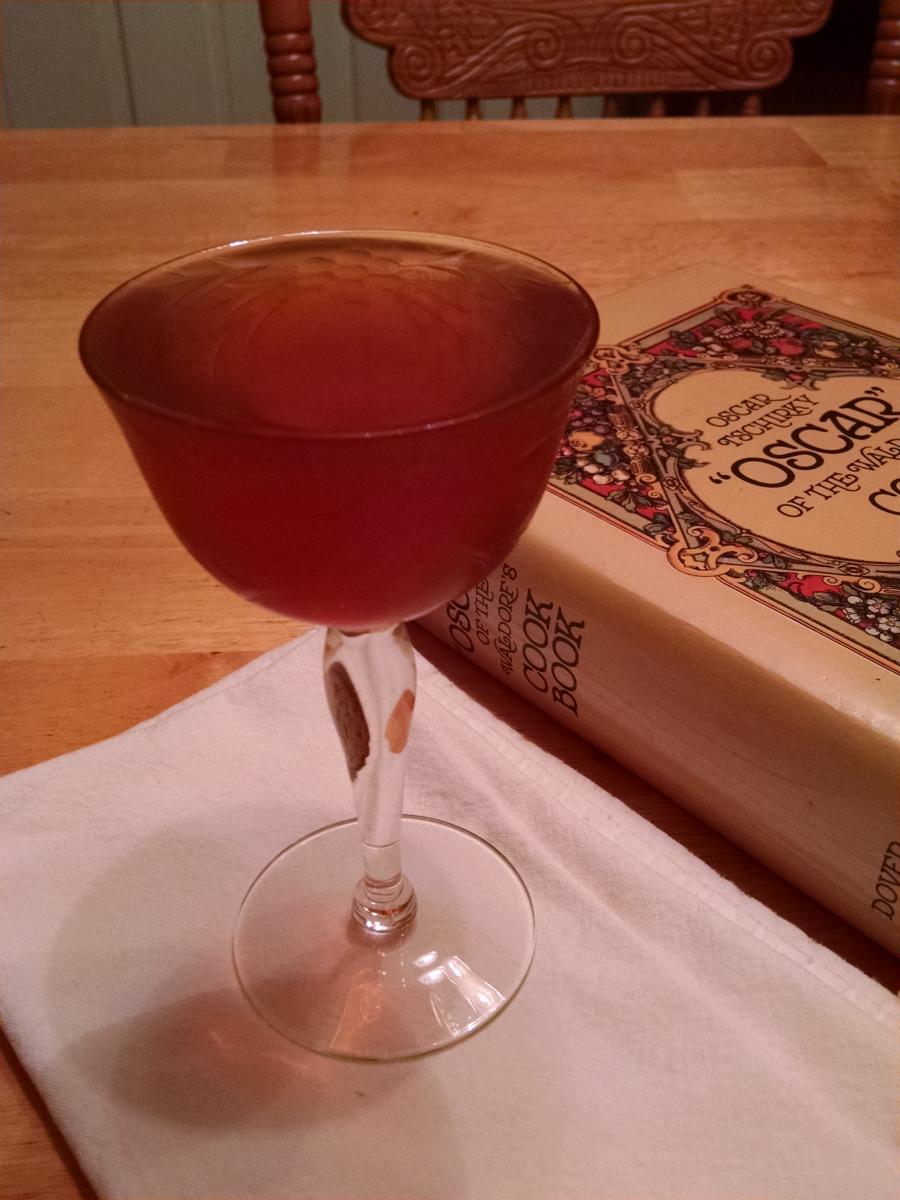
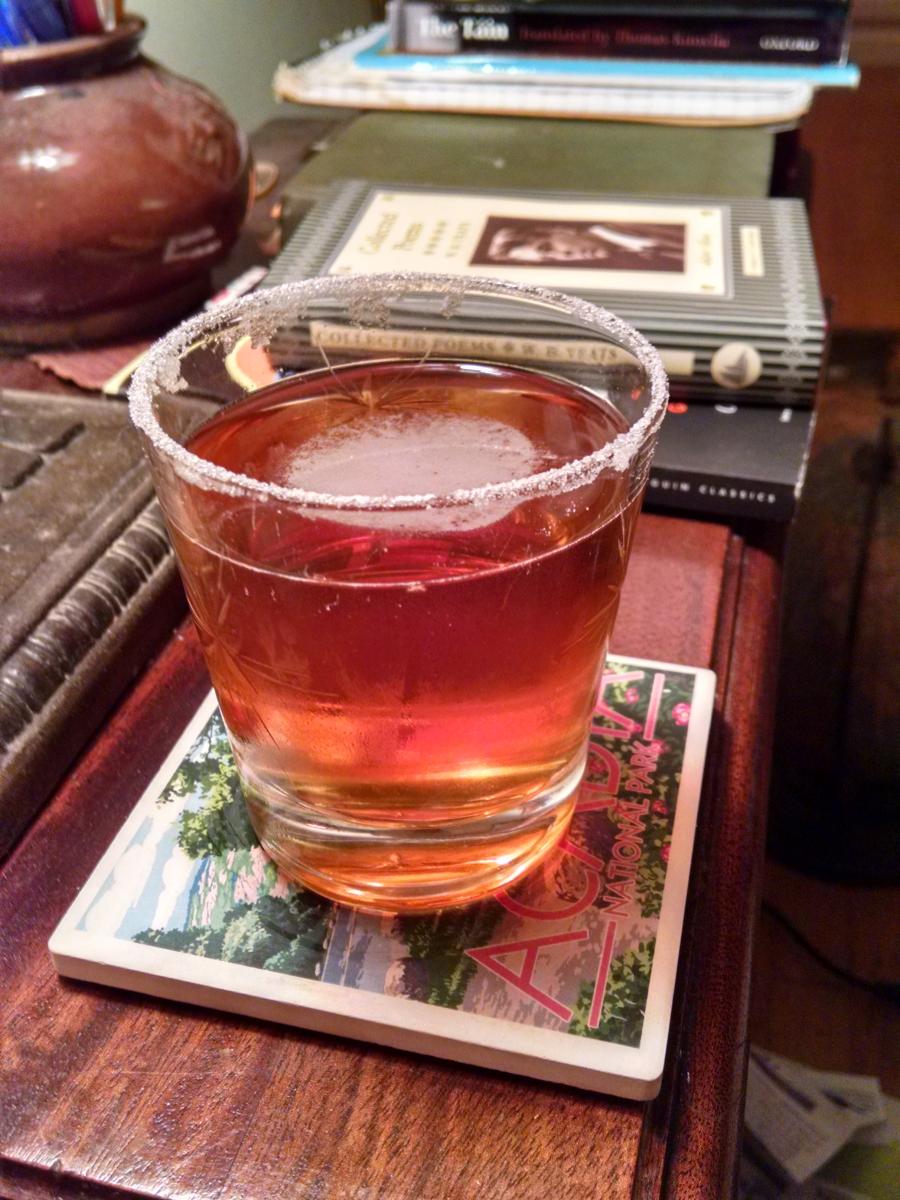
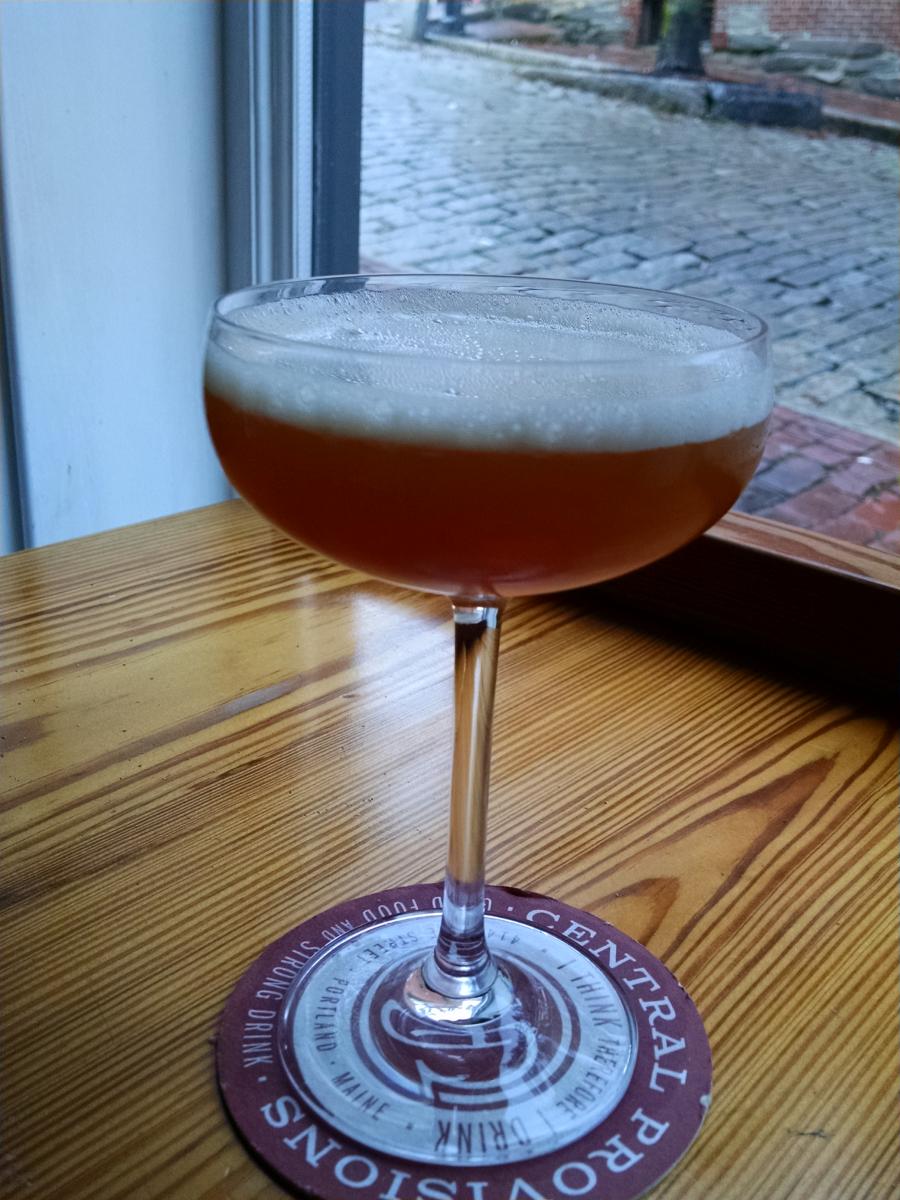 This peculiar classic uses the downright medicinal Fernet Branca, so it's best with a rich flavorful gin like the Ingenium from New England Distilling or Maine Distilleries Cold River Gin.
This peculiar classic uses the downright medicinal Fernet Branca, so it's best with a rich flavorful gin like the Ingenium from New England Distilling or Maine Distilleries Cold River Gin. The recipe that I saw was very old (around 1900). It called for cognac. I tried this with a very good Pierre Ferrand cognac and also with the Christian Brothers VSOP brandy that I use for holiday baking due to its strong vanilla overtones.
The recipe that I saw was very old (around 1900). It called for cognac. I tried this with a very good Pierre Ferrand cognac and also with the Christian Brothers VSOP brandy that I use for holiday baking due to its strong vanilla overtones.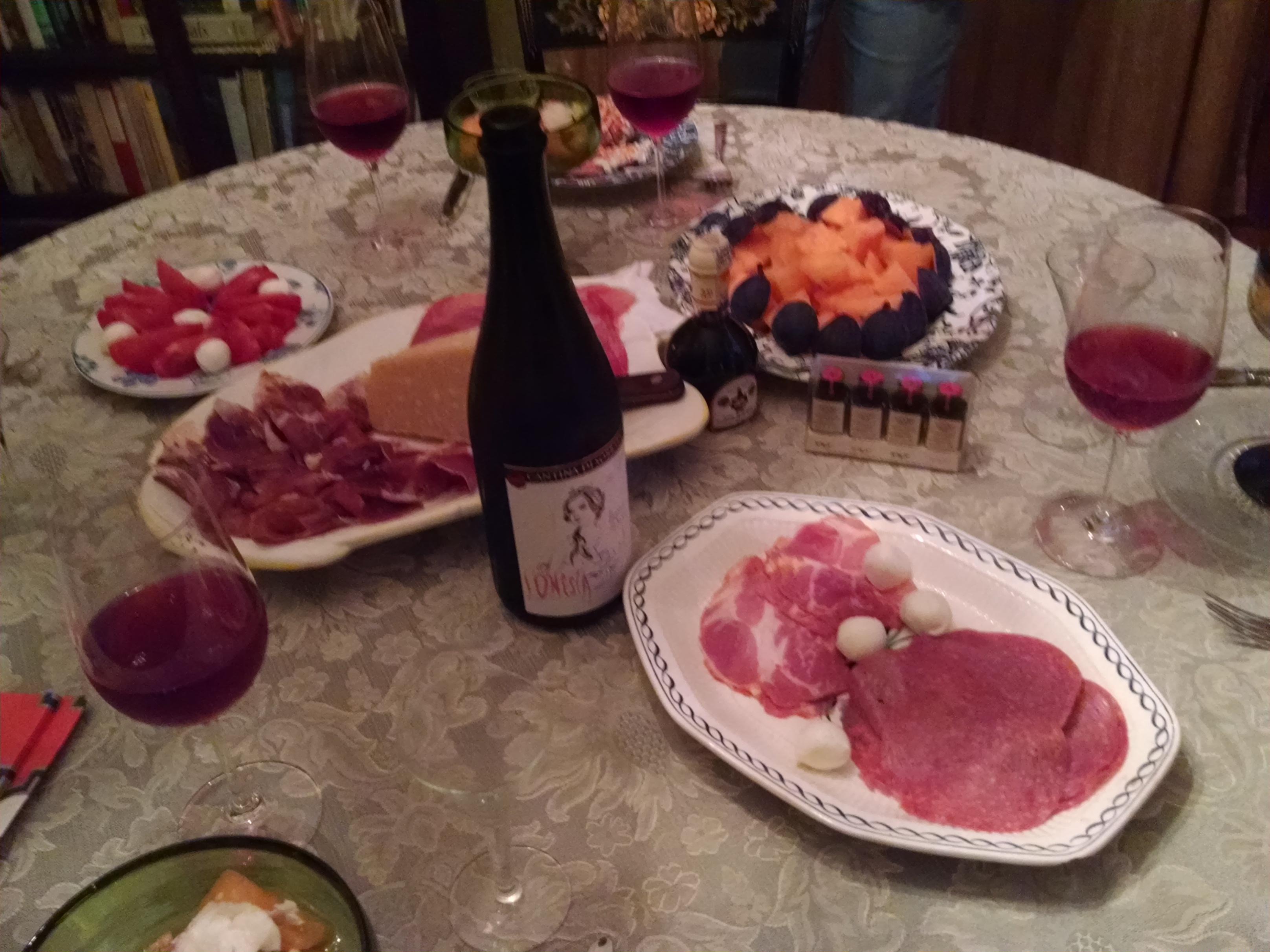
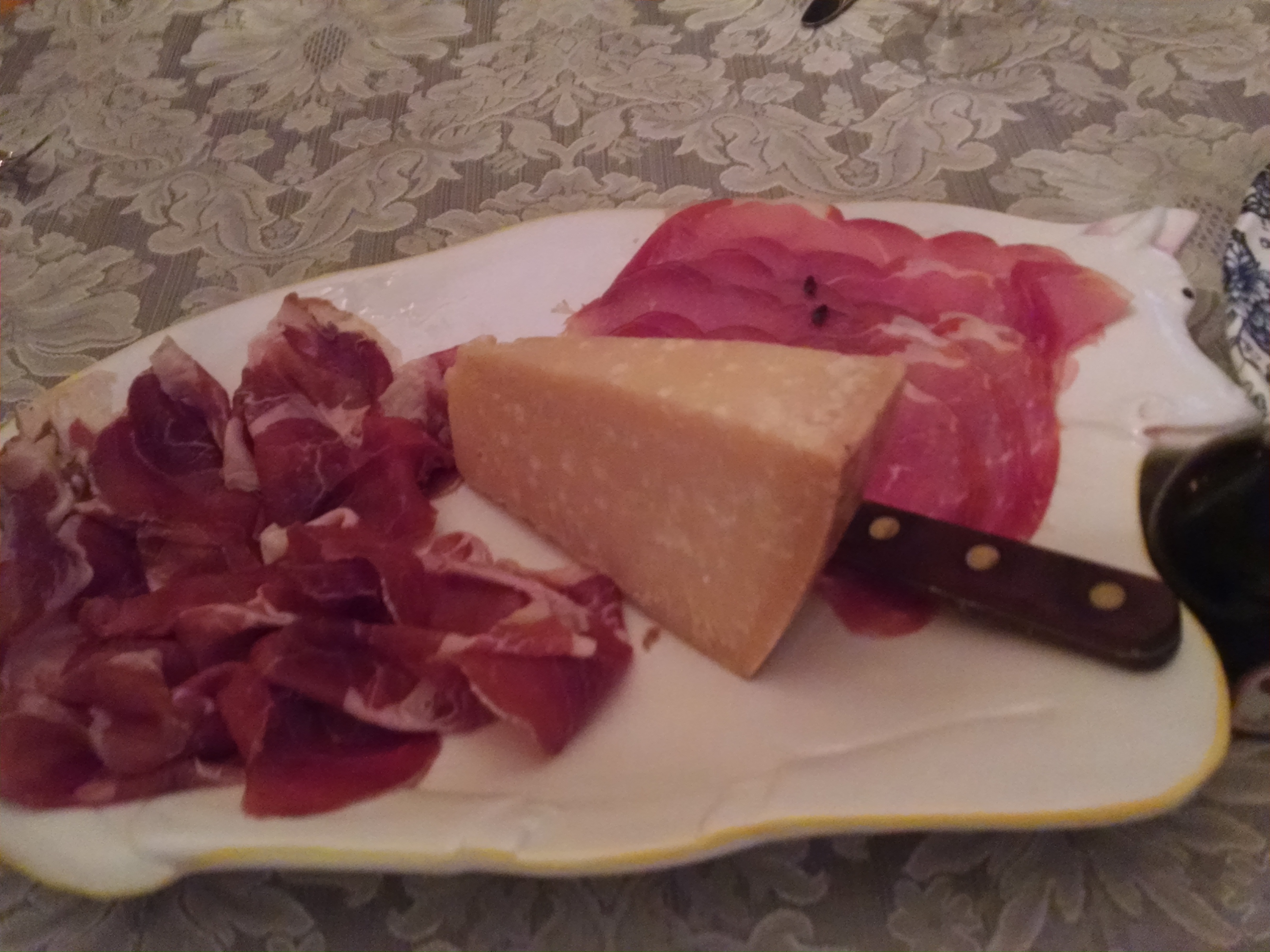
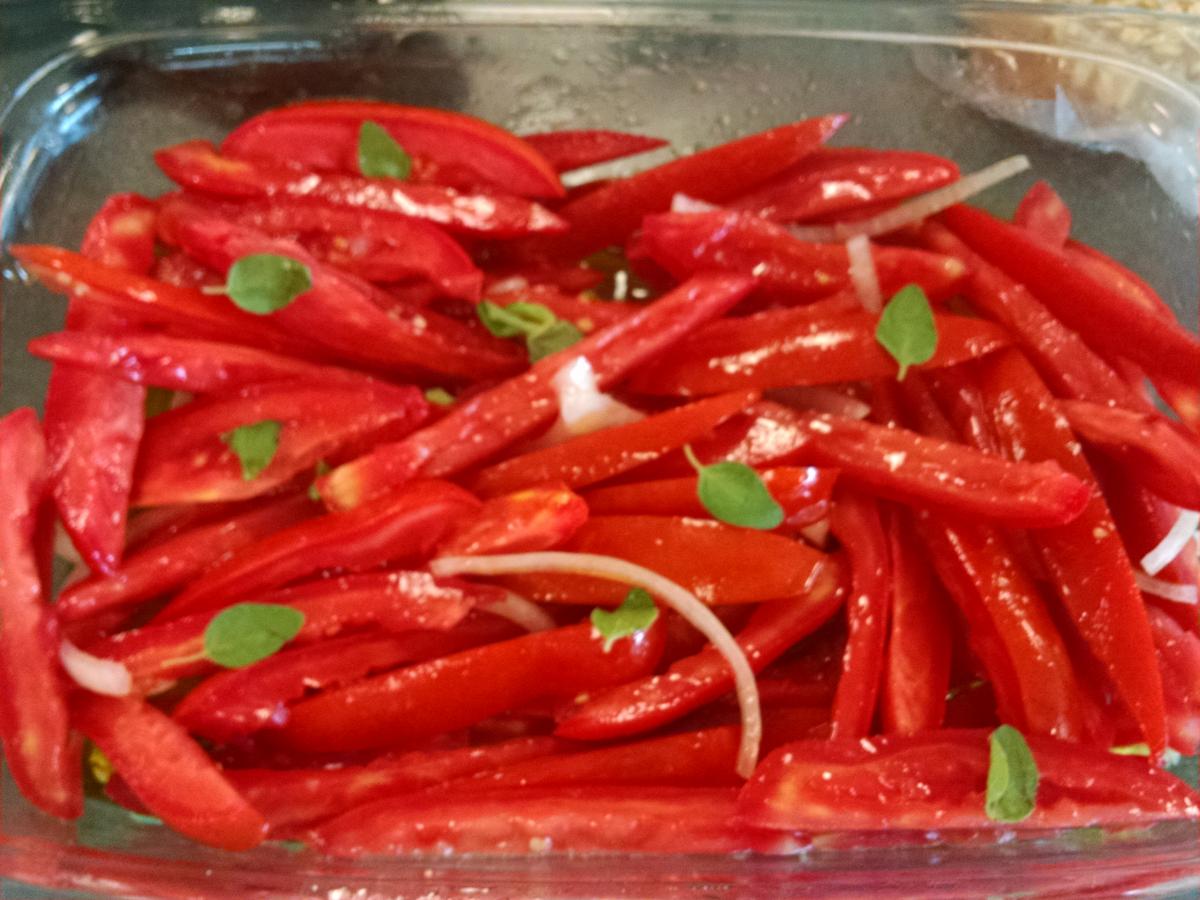
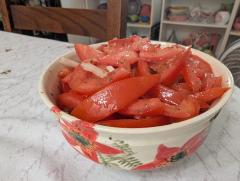 Instead of using supermarket red onions, I use Vidalia onions, which I find nearly as mild and sweet even if they lack the red color.
Instead of using supermarket red onions, I use Vidalia onions, which I find nearly as mild and sweet even if they lack the red color. 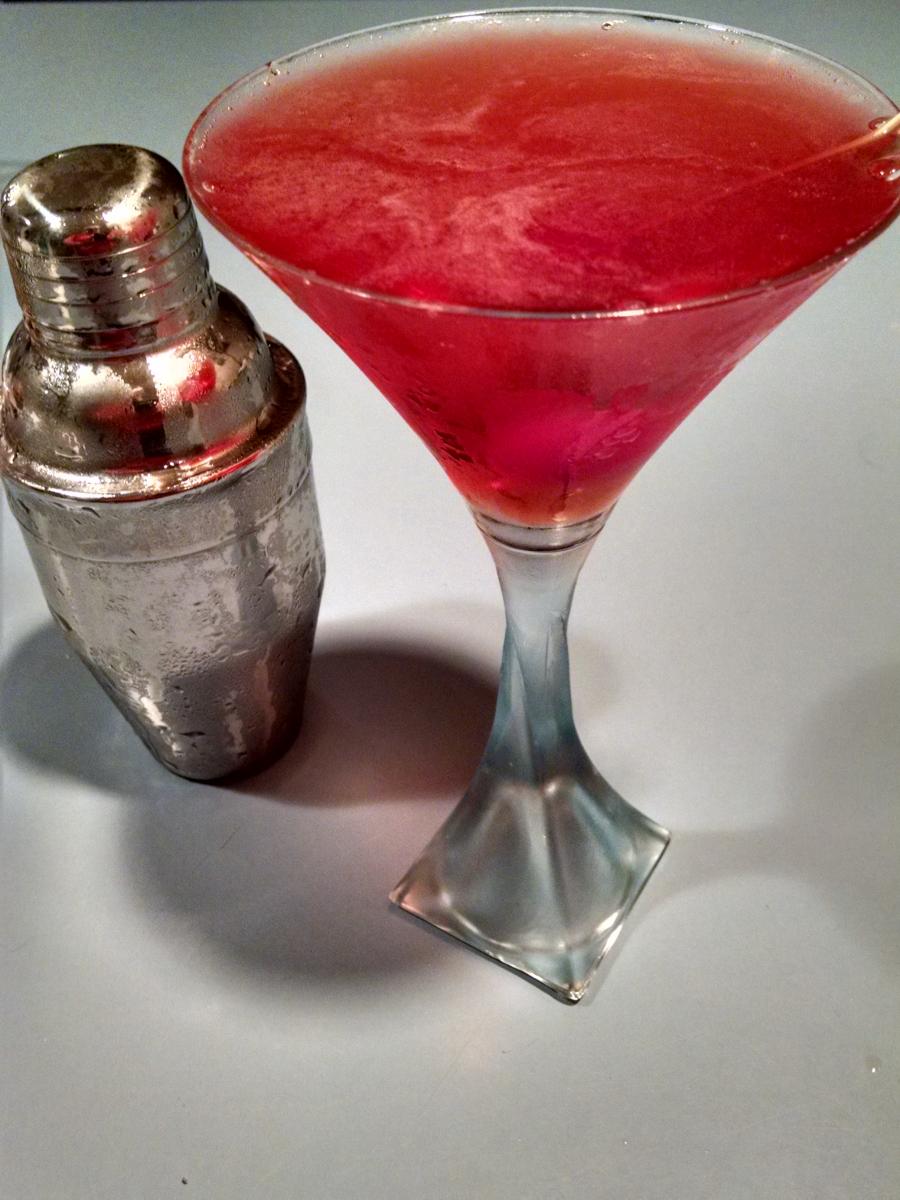

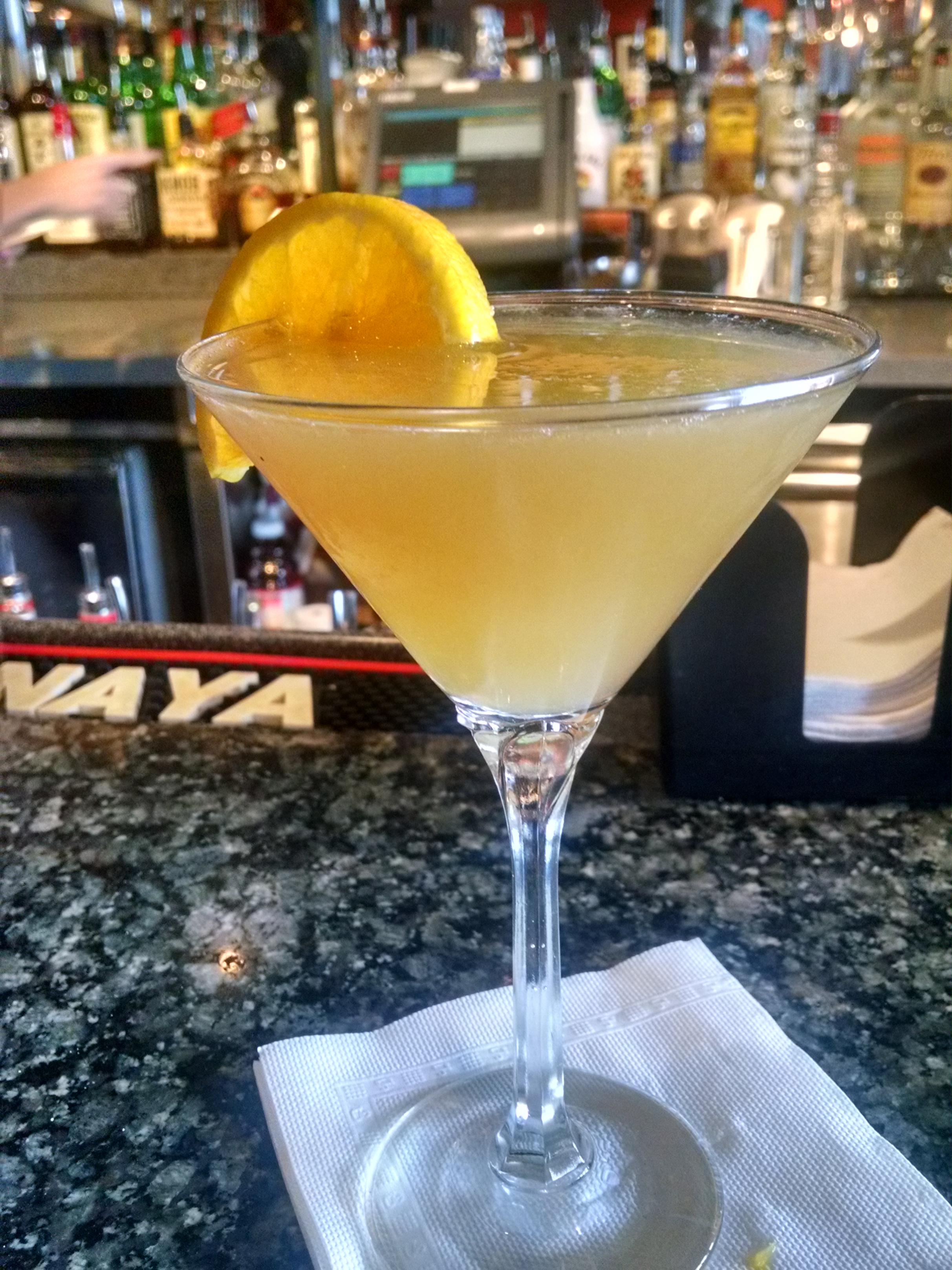 This is a Perfect Martini (that is, equal parts sweet vermouth and dry vermouth instead of all dry vermouth) with orange juice for sweetness and complexity.
This is a Perfect Martini (that is, equal parts sweet vermouth and dry vermouth instead of all dry vermouth) with orange juice for sweetness and complexity.